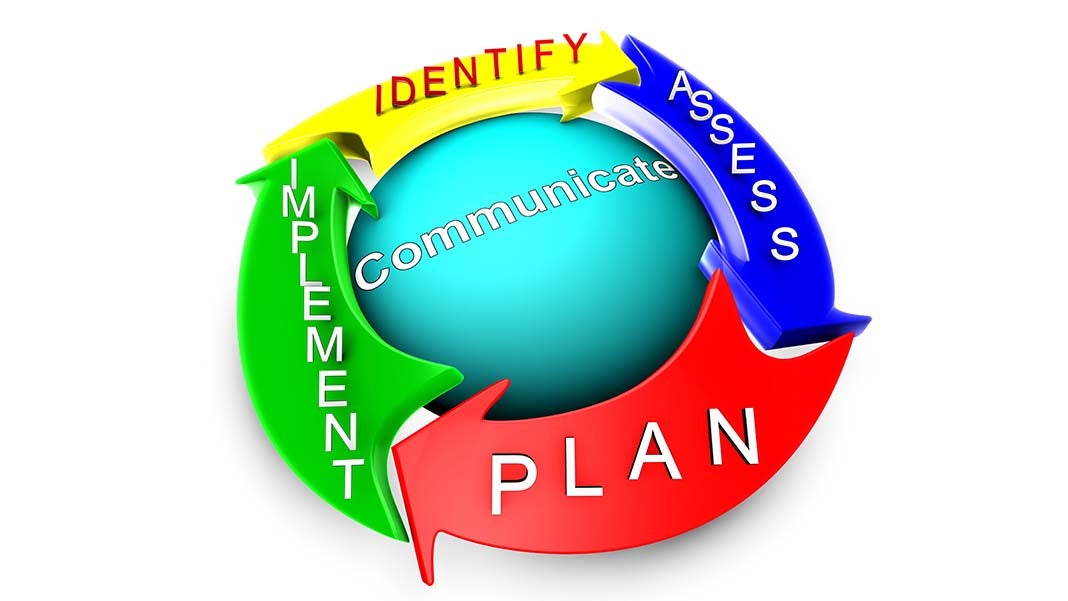
When it comes to risk management, there’s no such thing as doing too much. It’s always better to be safe than sorry. This is especially true when it comes to risk management in the workplace.
What’s worked in the past won’t work in the future, so it’s critical to continually adopt best practices. Here are five tips for making the most of your risk management strategy in 2023 and beyond.
- Identify and assess potential risks
Determine the types of risks your organization faces and assess their likelihood and potential impact. Without this step, you don’t have the proper foundation in place. And in that case, you’re not 100 percent ready to tackle the many potential risks to your business.
It’s important to note that the risks of today aren’t necessarily the risks of tomorrow. You must always have a clear understanding of what you’re up against.
- Develop a risk management plan
Establish a plan that outlines how you will mitigate or manage each identified risk. This can include steps such as transferring risk through insurance, avoiding the risk by not engaging in certain activities, or accepting the risk and putting measures in place to minimize its impact.
As noted above, your plan should also include regular reviews and updates as necessary. The longer you rely on your plan the better chance there is that it will become outdated.
- Diversify your investments
Spread your assets across different types of investments to minimize the impact of any one investment declining in value. By doing so, you reduce the impact of any one investment declining in value. This helps to minimize the overall risk to your portfolio.
This doesn’t pertain to every company, but as you grow there’s a greater chance that it will.
- Regularly review and update your risk management plan
Regularly evaluate your risk management plan and make changes as necessary to stay ahead of potential risks. As circumstances change, the risks your organization faces may also change. By regularly reviewing and updating your plan, you can identify new risks and make adjustments to your risk management strategy as needed.
This goes hand in hand with developing a risk management plan. Once you have a plan, the clock begins to tick toward the day when you need to update it.
- Communicate with stakeholders
Keep stakeholders informed about your risk management strategy and involve them in the process of identifying and assessing potential risks. It’s easy to forget, but effective risk management requires the involvement and support of all stakeholders, including employees, customers, suppliers, and shareholders.
When you include the right people in the process, it helps to build trust and ensure that everyone is aware of and prepared for the risks facing your organization. It’s not good enough for one person or a small group of people to understand the risk management strategy in play. Everyone from top to bottom must be on the same page.
Additional tip: consider the benefits of hiring a third party risk monitoring company. With a professional firm on your side, you never have to worry if you’re making the right decisions. Furthermore, you always have someone to lean on if you have questions or concerns.
Questions to ask potential risk monitoring companies include:
- Can you explain your risk assessment methodology?
- How do you keep up-to-date with current threats and industry developments?
- Can you provide examples of previous successful risk management engagements?
- What are your reporting and communication processes like?
- How do you measure the effectiveness of your risk management services?
- How do you ensure data privacy and security in your risk monitoring processes?
- Can you provide references?
- What is the cost of your services, and what is included? Are there any add-ons that you suggest?
The answers will guide you toward the best service
Final thoughts
In simple terms, risk management is the identification, evaluation, and prioritization of risks. But as you know, it goes well beyond this. It’s critical that you’re always learning and evolving. If you get stuck in a rut, it could come back to haunt your company in big ways in the future.
What are your thoughts on risk management in the workplace in 2023? Is it time for you to get more serious? What steps will you take first?
2291 Views












